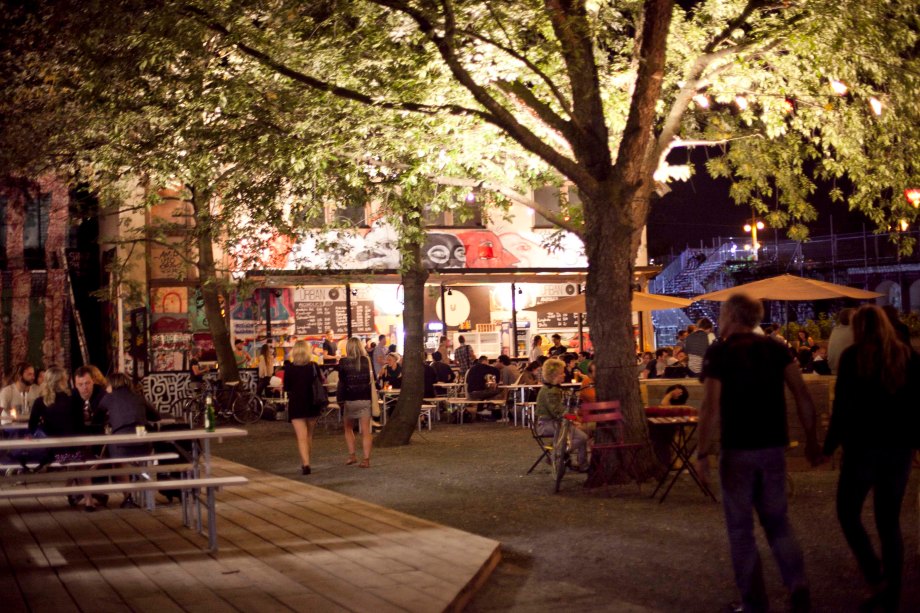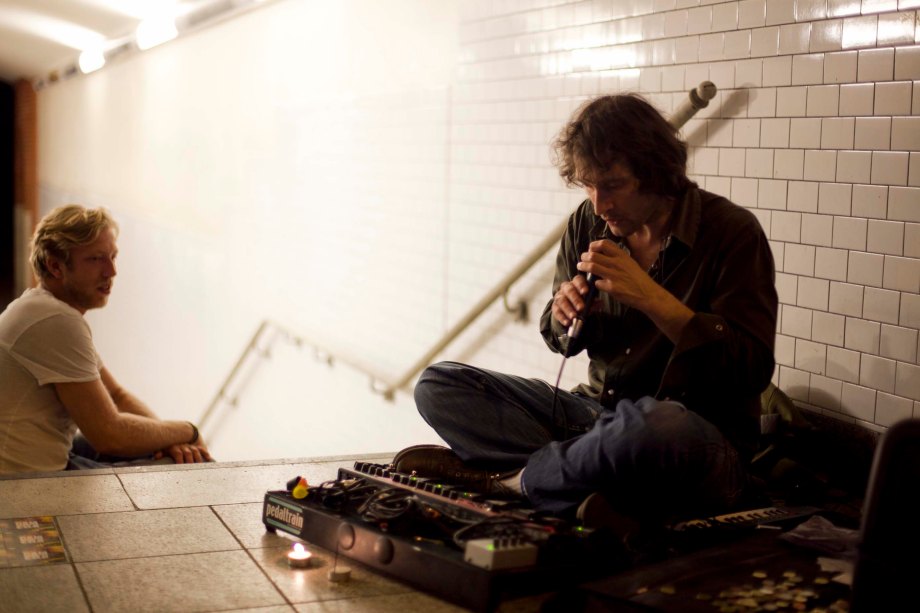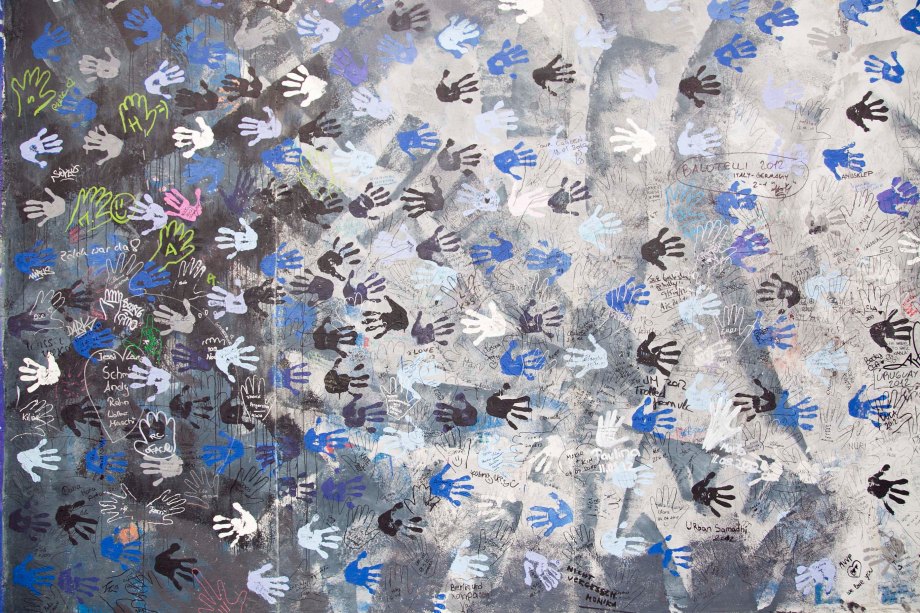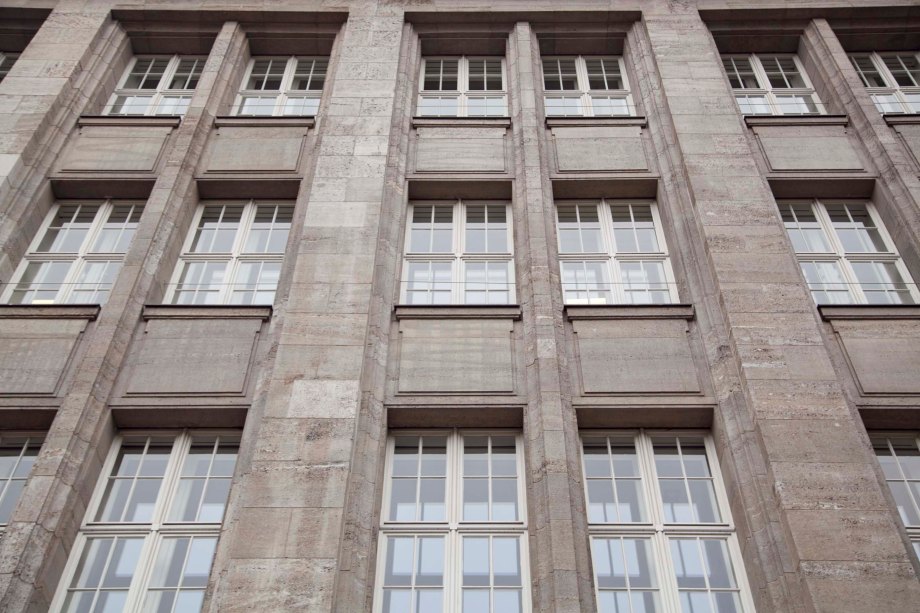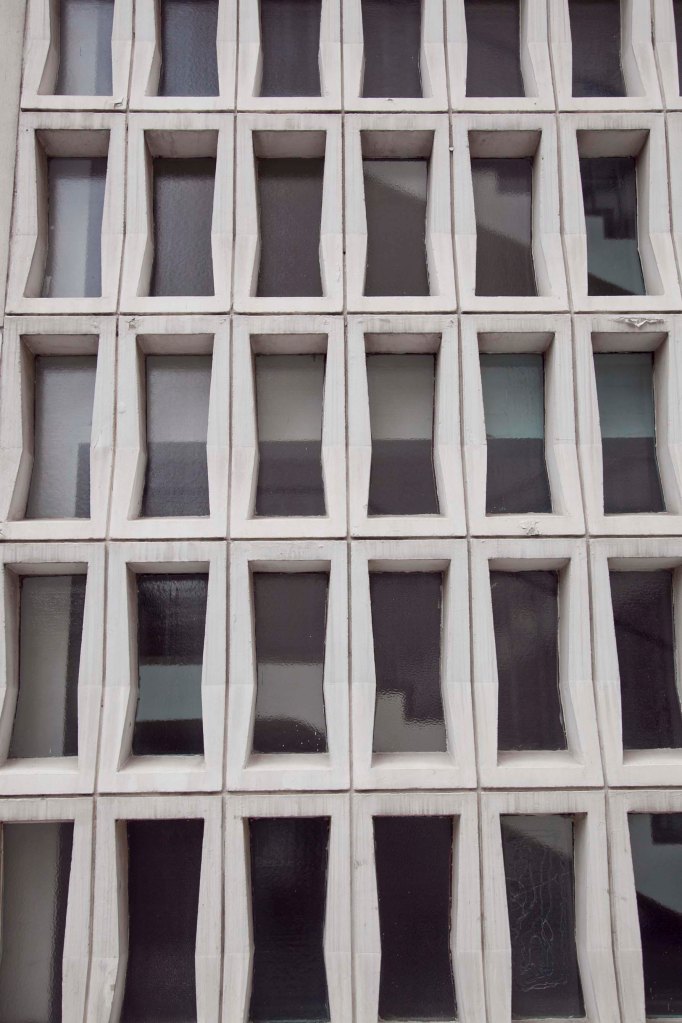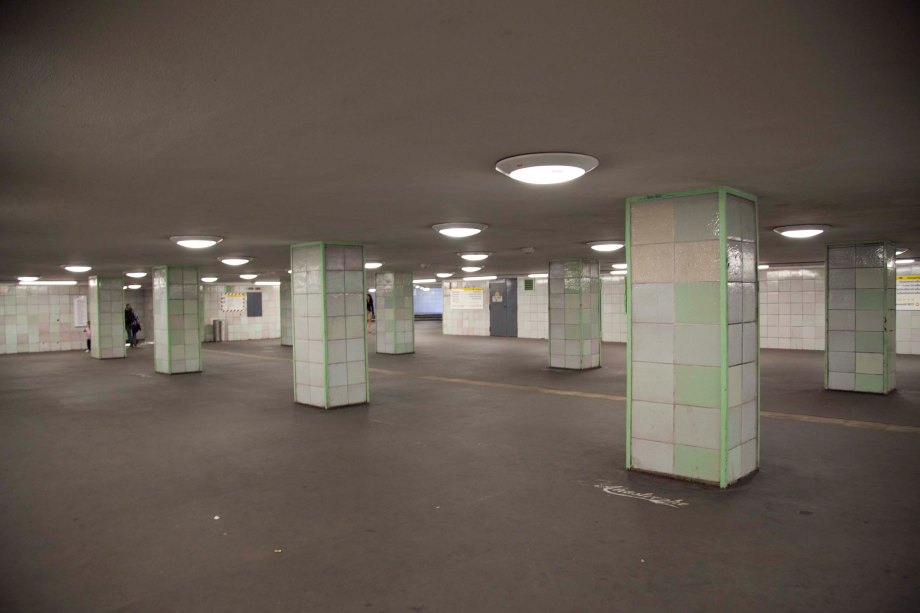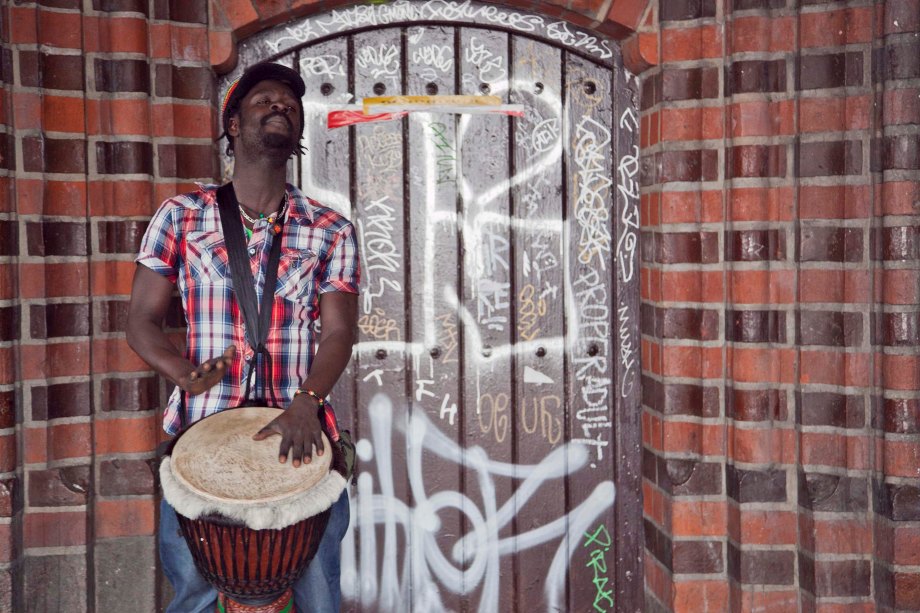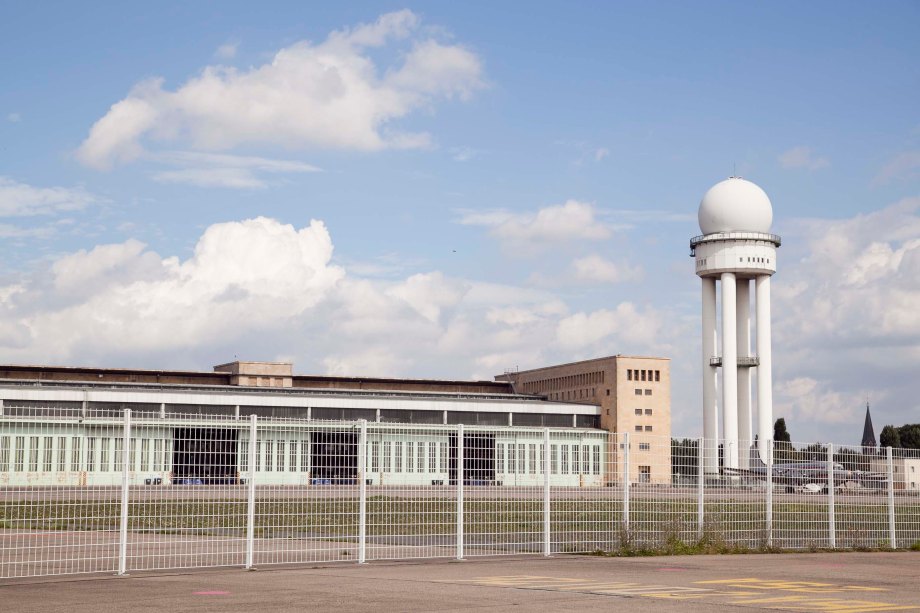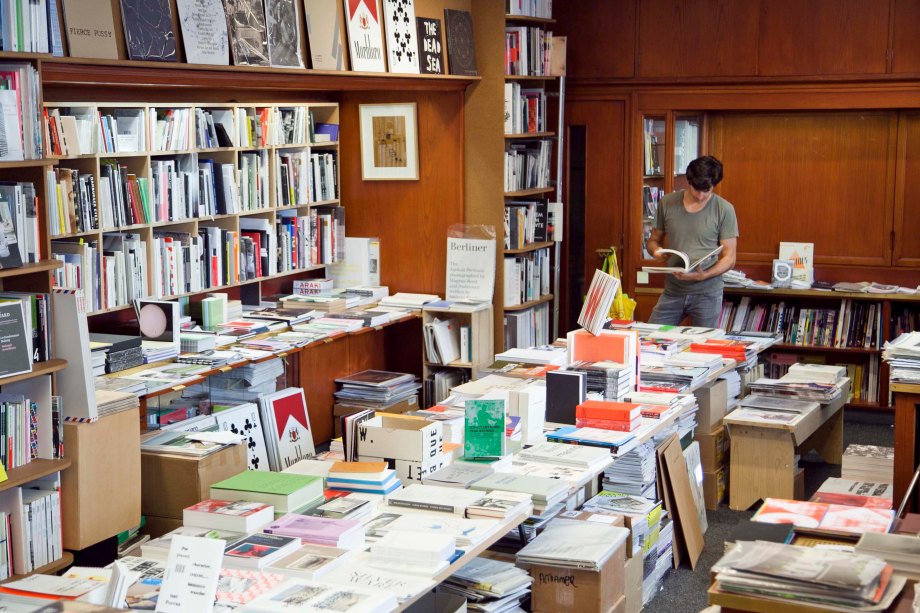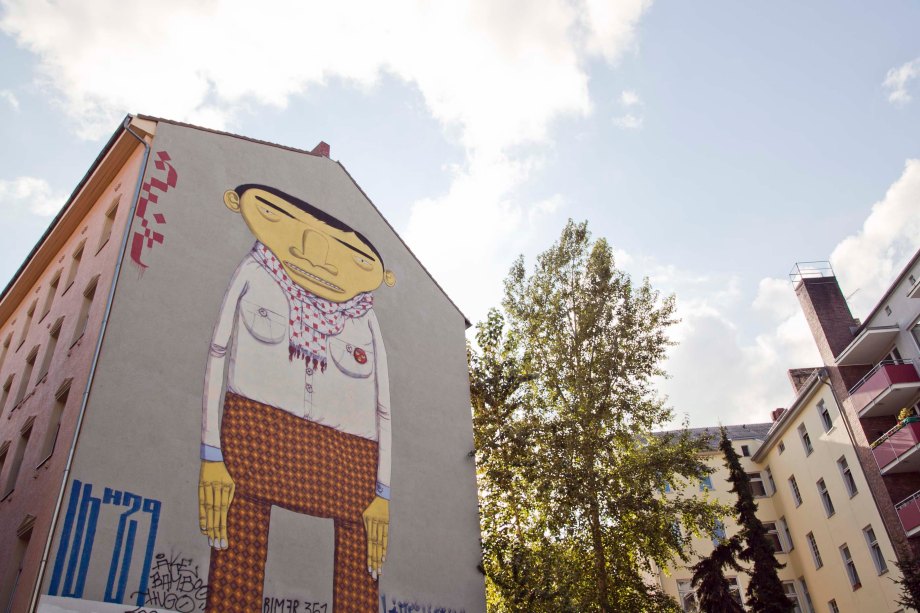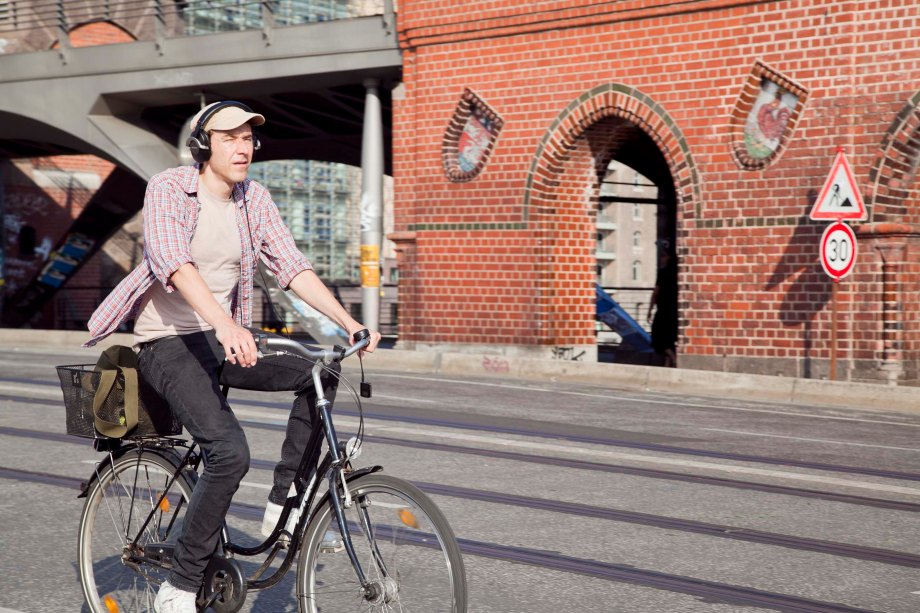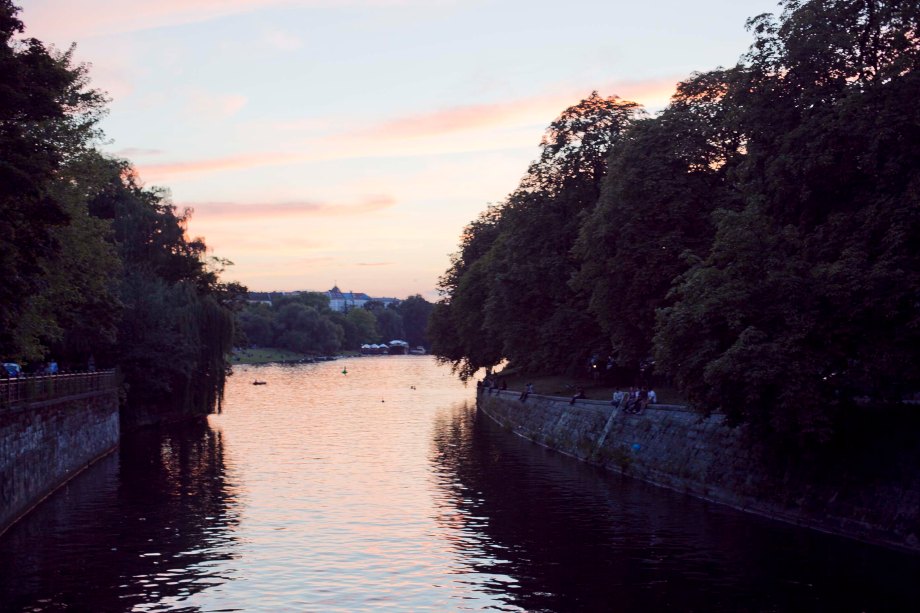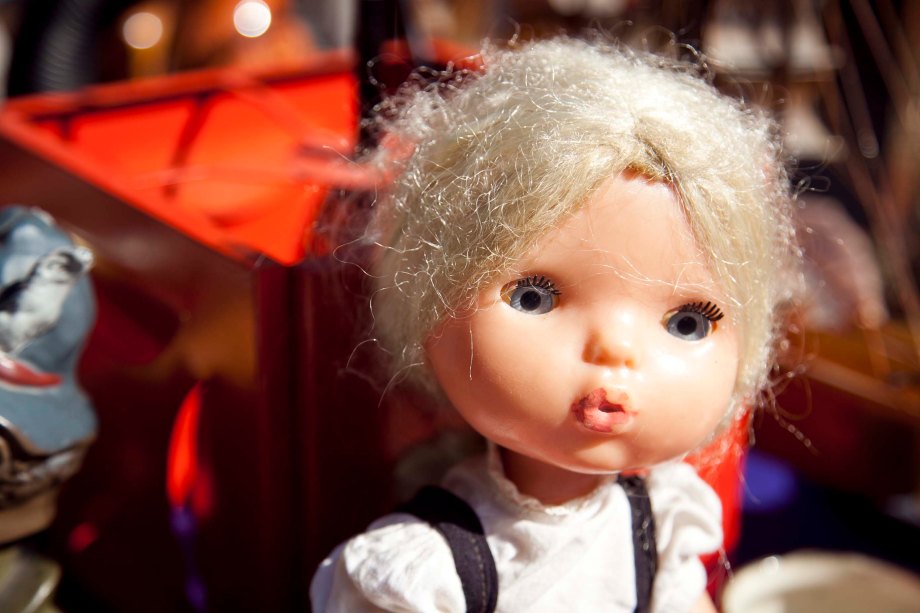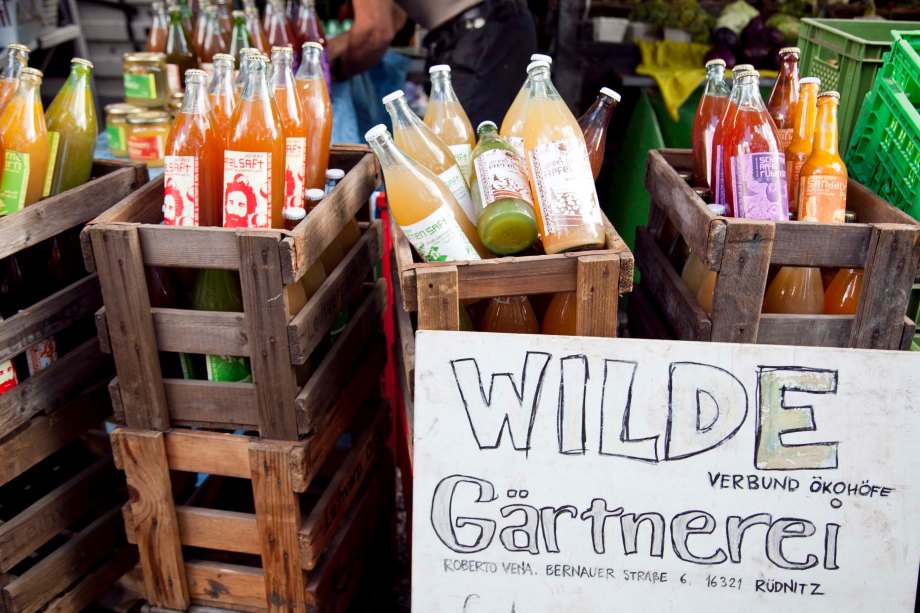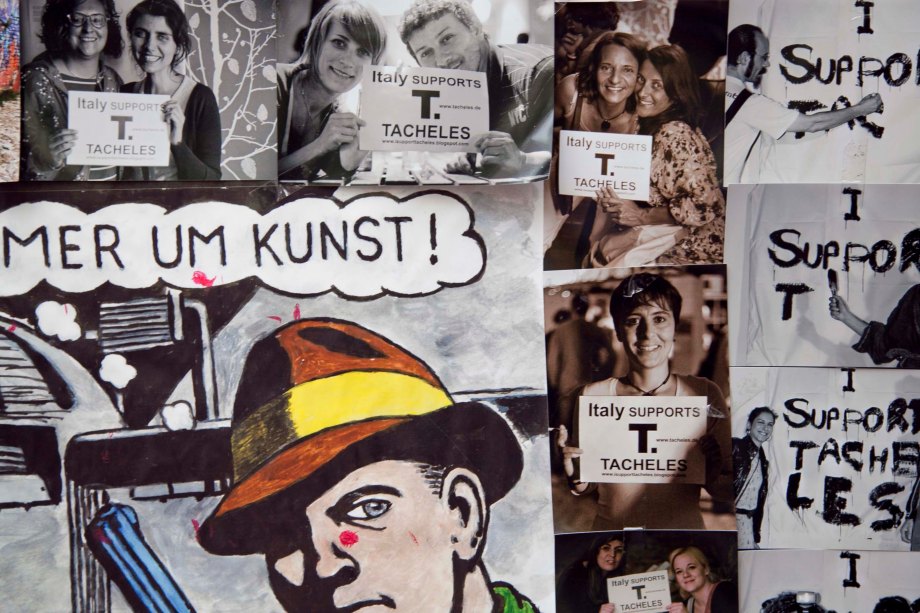Bright, colourful, hip and happening Berlin. It is one city which I always wanted to visit. So on this trip, I decided to set aside a few days to make a special trip to this amazing city. I also have a good friend who now lives there (and has the most amazing apartment in Kreuzberg!), so I added that to my list of excuses as to why I must finally visit B-town. That and all the amazing art, architecture, nightlife, food, flea markets, history, culture… the list goes on and on and on.
I knew my visit to Berlin was going to be amazing from the word go. Meeting-up with my hyper-excitable and crazy friend Amanda at Schonefeld airport set the tone for our weekend in Berlin. We also had two other good friends from Australia coincidently visiting Berlin over the same weekend (what are the odds of that?). So there was no chance of our visit being boring. But I guess we were in Berlin, so how could it be anyway?
Here is a list of things we did and saw in over the three days we were in Berlin:
East Side Gallery: Quintessenially Berlin, the Berlin Wall is one the city’s most visited attractions. For those who don’t know the history of Berlin, the Berlin Wall once divided the city into two – the communits East Berlin and the capitalist West Berlin. This heavily fortified barricade ‘protected’ East Germany from facism for almost 30 years, until it was destroyed in 1990. Today, the longest stretch of what remains of the wall, known as the East Side Gallery, which is located near Ostbahnhof train station, is now a highly decorated mural paying tribute to the days of East-West Berlin.
Holocaust Memorial: A somewhat unusual memorial to the Jewish victims of the Nazi genocide during the 1940s, located in downtown Berlin, is another attraction to add to your list. Designed by the architect Peter Eisenmann and engineer Buro Happold, this memorial consists of almost 3000 concrete slabs, symmetrically arranged over 19,000 square metre space. Each slab is the same width and length, but their heights vary and the alley ways between each slab is uneven. According to Eisenmann, the memorial was designed this way to create a confused and uneasy atmosphere, representing the ordered system which has lost touch with human reason. Walking through the memorial, you get a bizzare and almost uneasy feeling. No matter how tempted you are to practice your ‘planking’ on the concrete slabs, please refrain from doing so – or the guard will happily (or more forcefully) remind you.
Check-Point Charlie: The original checkpoint site was the crossing point between East and West Berlin. During the Cold War, Checkpoint Charlie became a symbol of the separation between East and West, between communism and capitalism. The checkpoint building which is now on the site is a reproduction, with the original one being demolished after the fall of the Berlin Wall. Checkpoint Charlie continues to attract countless numbers of tourists, who take their cheesy holiday snapshots with the ‘border guards’.
Tempelhof Airport: Being one of only a few airports in the world which are located with the city centre, Tempelhof Airport is one of Europe’s few iconic pre-WWII airports. Originally built in 1927, it was reconstructed during the Nazi years of Germany. Hilter intended it to be Germany’s gateway to Europe and a symbol of his ‘world capital’. The airport was greatly utilised by the Germany military during WWII and it was the access point for the Americans into West Berlin during the Cold War. The airport was officially closed in 1998, due to a drop in air trafffic, since Berlin now had other, more modern airports. Today, the grounds of Tempelhof airport are used for picnics and the tarmac a perfect surface for going for a leisurely bikeride and enjoying the summer sun (as we did). The airport has also become a tourist attraction, with organised tours organised. The airport building is well-preserved example of Nazi architecture and interior design.
Mauerpark Markets: If you’re lucky enough to be visiting Berlin on a Sunday, don’t forget to head to Mauerpark Markets. Located in the north of the city (take the U-Bahn to Eberswalderstrasse and just follow the crowds) it is the perfect place to indulge in a little souvenir shopping. At Mauerpark, you can find almost anything – bric-a-brac, used designer clothing, emerging designer clothing and jewellery, shoes, bags, bikes, gourmet food products, cameras, suitcases…the list goes on and on and on. Get there early to grab the best bargains, or get there around lunch time to enjoy a tasty organic vegie burger (so delicious!). Don’t forget to take into consideration your luggage allowance if you’re travelling – it’s rather difficult not to go overboard and have an extremely weighty and overflowing backpack as a result.
Bike Hire: Do what the locals do, grab a bike and discover the streets of Berlin. It seems as though everyone in Berlin has a push-bike. There are almost more bikes than cars on the roads. The city is extremely well-adapted to cyclists – there centre is flat and there are designated bicycle paths along almost every street. Bike hire places can be found all over the city, with bike rental being about 10 euros per day. We took a lovely ride from Kreuzberg, along the majestic tree-lined River Spree to Templehof Airport. Perhaps one of the best days spent in Berlin.
Berlin’s Clubs & Bars: Berlin is well-know for its colourful nightlife. No visit is complete without visiting a few of its many bars and clubs. Here are a couple which we loved…
Club der Visionaere: Located in the hip and happening neighbourhood of Kreuzberg, this funky little club is hidden away on the shores of the River Spree. Half tree house, half boat house, this Club der Visionaere is full of atmosphere. Its timber construction gives it a funky little, teenage clubhouse feel. Sit on the terrace, enjoy a drink or two whilst looking out on the twinkling evening lights magically reflected onto the river.
Watergate: We didn’t manage to actually get into this place – the line was almost a kilometre long. But we had fun chatting to some people in the line whilst we waited almost an hour before we decided to go. But this seems like the place to be any night of the week. So if you don’t mind the line-up, I’d say you should check it out and see what all the fuss is about.

Essentials
Getting There:
Easy Jet has direct budget flights to and from Berlin Schoenefeld airport and a number of European capitals. We flew from Split to Berlin and from Berlin to Barcelona for approximately AU$150 for each flight. The train station, which connects the airport to the city, is only a short walk from the terminal. If you’re not sure from which platform to catch the train, or have difficulty using the automatic ticket machines, the friendly station attendant (you won’t be able to miss him in his grey and red uniform and hat) will be more than happy to assist you.
Eat:
There are so many amazing cafes and restaurants to eat at in Berlin. You’ll be so spoilt for choice. And in comparison to other European capitals, the prices are very reasonable. Here are a few of my favourites:
Il Casolare, located at Grimm Strasse 30: A fantastic little family run pizzeria making amazing pizzas. We came here on a recommendation by my friend Pete (it’s one of his favourite restaurants), and he wasn’t going to miss out on his favourite pizza, quattro fromaggio, so he insisted on joining us for dinner. It’s extremely popular, so get there early or you’ll have to wait around for a table. They have a wide selection of pizzas and pastas, which go down nicely with a schooner of beer or a bottle of Apfelschorle (sparkling apple juice).
Goodies, located at Warschauer Strasse 69: We didn’t start a day in Berlin without heading to the organic/vegan cafe for a scrumptious breakfast. All the food looked so amazing, that it was a struggle to chose something – fresh fruit smoothies, quinoa & blueberry porridge, banana bircher museli, date bread, delicious bagels, robust veggie salads, homemade brownies, a selection of yogurts… the enticing menu goes on and on and on. We could have eaten here for breakfast, lunch and dinner. We found the prices very reasonable and were pleasantly surprised to find soy lattes, like the ones you buy in Sydney.
Mirchi, located at Oranien Strasse 204: On our second night in Berlin we stumbled across this enormous Singaporean restaurant. At first we weren’t sure whether it was a night club or a restaurant, with the ostentatious decorations and the impressive size of the premises. They had a vast selection of dishes, from stir-fries to noodles, curries, salads, rice dishes and a range of entrees. Cocktails are only 5 euros each, so we couldn’t say no to one, or two, or maybe three mojitos. We were shocked at what great value for money Mirchi was – for us four girls, we each had a delicious dish, plus rice, plus two or three mojitos each… and the bill only came to 60 euros. We almost thought that there was a mistake in the calculation, it seemed so cheap.
Stay:
Eastern Comfort Hostel: After a bit of uncertainty about where we’d stay in Berlin, we stumbled across this interesting hostel. The hostel consists of two old river cruisers, moored side by side, that have been cleverly converted into an interesting hostel. The cabins serve as rooms, sleeping either two or four, with two rooftop bars overlooking the Oberbaum Bridge and the River Spree. I was lucky to have a good friend living in Berlin who gave me the thumbs up for selecting this hostel. The hostel is extremely well located, being within easy walking distance of both a U-Bahn and a S-Bahn station, close to the Kreuzberg district (which is full of restaurants, clubs and bars) and located right next to the East Side Gallery of the Berlin Wall – perhaps the most visited and most impressive attraction in Berlin.
